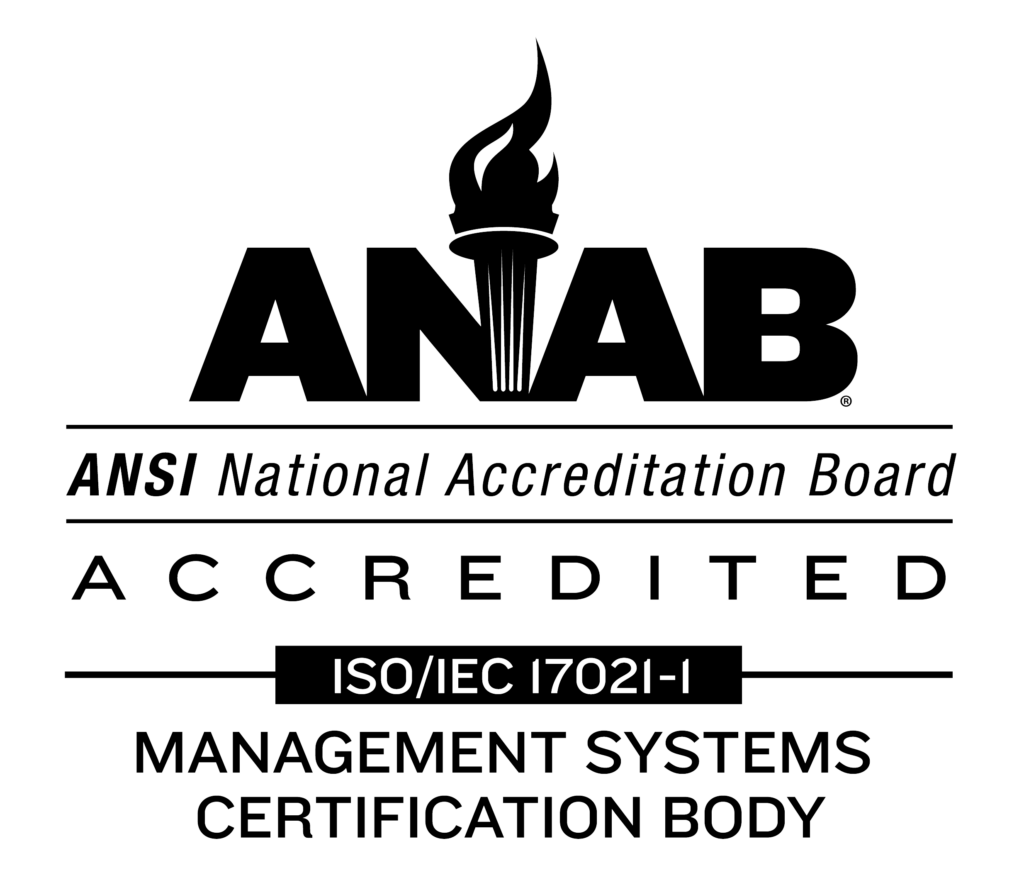Creating A Safer Environment with IoT
We can get a better understanding of the world around us by consistently monitoring our environment. The Internet of Things (IoT) has enabled large-scale environmental monitoring for commercial, industrial and research purposes. New innovations are constantly in progress that will allow us to make better, safer decisions in our everyday life and protect our environment. For example, imagine how much safer roads would be if your car could warn you about upcoming road hazards such as heavy snow or black ice based on weather and road condition data. When connected to an IoT network, modern technologies can also be used to collect data for weather predictions and monitoring. Oil and gas companies can better protect marine life and ocean environments with offshore leak detection systems. On land, residents living near coal power plant facilities can feel better about the air they breathe when air-quality is consistently monitored. Sensor-2-Server (S2S) communication and networking solutions are increasingly used to help monitor the quality of the environment to prevent and actively identify a number or potentially dangerous situations, such as hazardous material leaks and fugitive emissions. From environmental impact assessments and air quality monitoring to soil dynamics analysis, S2S solutions are meant to gather data from any sensor at any point in the IoT network and bring it back to a specific location to be acted upon. With S2S technology in place, operators can consistently gather and transmit data that affects the quality of life for the world population. It’s important to find a solution that has been proven in the harshest environments – that can withstand the weather extremes and volatile elements. Understanding Your Environment in Real-Time In many applications, especially when safety is the top priority, it is critical to review timely and accurate data to ensure there are no glaring issues with the environment. S2S technologies for environmental monitoring should offer real-time information, as well as large quantities of data that can be analyzed to understand trends through predictive analytics engines. Here are some additional applications where S2S solutions can be leveraged for environmental monitoring: CBRN Monitoring for protective measures where chemical, biological, radiological or nuclear warfare hazards may be present Fugitive Emissions Monitoring for volatile organic compounds (VOC) – this is especially common in oil and gas Leak Detection and Repair (LDAR) to ensure compliance with Environmental Protection Agency regulations. Subsea Monitoring for exploration, research and offshore oil and gas applications Levee Performance Testing to understand levee load capacity and prevent breaches. Water Level Monitoring to track rainfall or water levels in industrial settings. River Flow Monitoring to determine how much water flows through lakes and streams. Seismic Monitoring and volcanic monitoring to provide early detection of these events and enable authorities to warn citizens in advance to take appropriate precautionary measures. As we become increasingly connected to the world around us, we also gain visibility into the surrounding environmental conditions. This offers a wide and diverse range of industries a unique opportunity to monitor the environment in new ways and make intelligent decisions to prevent future negative impacts on the environment as a whole.





